Giorgio Vasari (1511 – 1574)
Get a Giorgio Vasari (1511 – 1574) Certificate of Authenticity for your painting (COA) for your Giorgio Vasari (1511 – 1574) drawing.
For all your Giorgio Vasari (1511 – 1574) artworks you need a Certificate of Authenticity (COA) in order to sell, to insure or to donate for a tax deduction.
Getting a Giorgio Vasari (1511 – 1574) Certificate of Authenticity (COA) is easy. Just send us photos and dimensions and tell us what you know about the origin or history of your Giorgio Vasari (1511 – 1574) painting or drawing.
If you want to sell your Giorgio Vasari (1511 – 1574) painting or drawing use our selling services. We offer Giorgio Vasari (1511 – 1574) selling help, selling advice, private treaty sales and full brokerage.
We have been authenticating Giorgio Vasari (1511 – 1574) and issuing certificates of authenticity since 2002. We are recognized Giorgio Vasari (1511 – 1574) experts and Giorgio Vasari (1511 – 1574) certified appraisers. We issue COAs and appraisals for all Giorgio Vasari (1511 – 1574) artworks.
Our Giorgio Vasari (1511 – 1574) paintings and drawings authentications are accepted and respected worldwide.
Each COA is backed by in-depth research and analysis authentication reports.
The Giorgio Vasari (1511 – 1574) certificates of authenticity we issue are based on solid, reliable and fully referenced art investigations, authentication research, analytical work and forensic studies.
We are available to examine your Giorgio Vasari (1511 – 1574) painting or drawing anywhere in the world.
You will generally receive your certificates of authenticity and authentication report within two weeks. Some complicated cases with difficult to research Giorgio Vasari (1511 – 1574) paintings or drawings take longer.
Our clients include Giorgio Vasari (1511 – 1574) collectors, investors, tax authorities, insurance adjusters, appraisers, valuers, auctioneers, Federal agencies and many law firms.
We perform Giorgio Vasari art authentication, appraisal, certificates of authenticity (COA), analysis, research, scientific tests, full art authentications. We will help you sell your Giorgio Vasari or we will sell it for you.
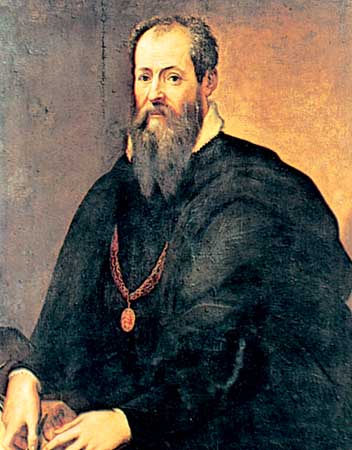
Giorgio Vasari was an Italian painter and architect, known for his famous biographies of Italian artists. Vasari was born in Arezzo, Tuscany. At the recommendation by his cousin Luca Signorelli, at an early age he became a pupil of Guglielmo da Marsiglia, a skillful painter of stained glass. At the age of 16, Cardinal Silvio Passerini sent him to study in Florence, in the circle of Andrea del Sarto and his pupils Rosso Fiorentino and Jacopo Pontormo. His humanist education was not ignored, and he met and knew Michelangelo, whose painting style influenced Vasari’s.

In 1529 he visited Rome and studied the works of Raphael and others of the Roman High Renaissance. Vasari’s own Mannerist paintings were more admired in his lifetime than afterwards. He was consistently employed by patrons in the Medici family in Florence and Rome, and he worked in Naples, Arezzo and other places. Many of his pictures still exist, the most important being the wall and ceiling paintings in the great Sala di Cosimo I of the Palazzo Vecchio in Florence, where he and his assistants were at work from 1555, and his uncompleted frescoes inside the vast cupola of the Duomo, completed by Federico Zuccari and with the help of Giovanni Balducci. He also helped organize the decoration of the Studiolo, now reassembled in the Palazzo Vecchio. He was essentially the “Dick Clark” of the Renaissance, a leader in the art world, although not so much as a renowned artist but as a director of artistic productions.

As an architect, Vasari was perhaps more successful than as a painter. The loggia of the Palazzo degli Uffizi by the Arno opens up the vista at the far end of its long narrow courtyard, a unique piece of urban planning that functions as a public piazza, and which, if considing it as a short street, is the unique Renaissance street with a unified architectural treatment. In Florence Vasari also built the long passage connecting the Uffizi with the Pitti Palace, through arcading across the Ponte Vecchio, now called Vasari Corridor after him. He also renovated the fine medieval churches of Santa Maria Novella and Santa Croce, from both of which he removed the original rood screen and loft, and remodeled the retro-choir in the Mannerist taste of his time.

In Rome, Vasari worked with Giacomo Barozzi da Vignola and Bartolomeo Ammanati at Pope Julius III’s Villa Giulia. Vasari enjoyed a high repute during his lifetime and amassed a considerable fortune. In 1547 he built himself a fine house in Arezzo (now a museum honoring him), and spent much labor in decorating its walls and vaults with paintings. He was elected one of the municipal council or priori of his native town, and finally rose to the supreme office of gonfaloniere.
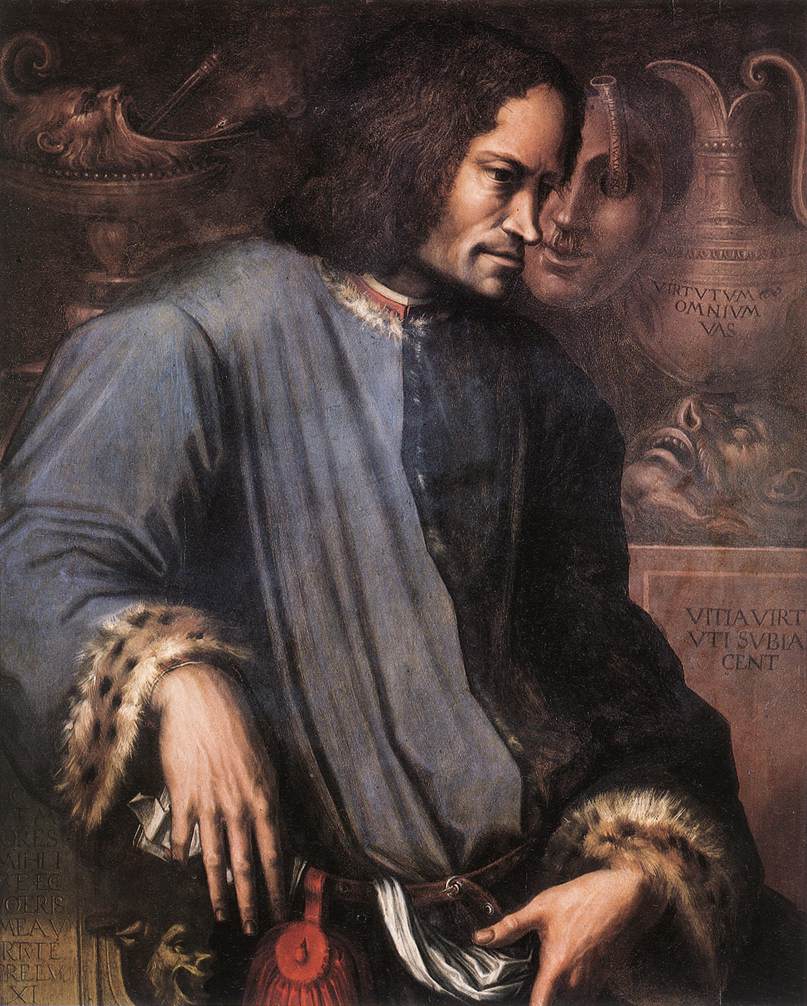
In 1563, he helped found the Florence Accademia del Disegno (now the Accademia di Belle Arti Firenze), with the Grand Duke and Michelangelo as capi of the institution and 36 artists chosen as members. Vasari died at Florence on June 27, 1574.
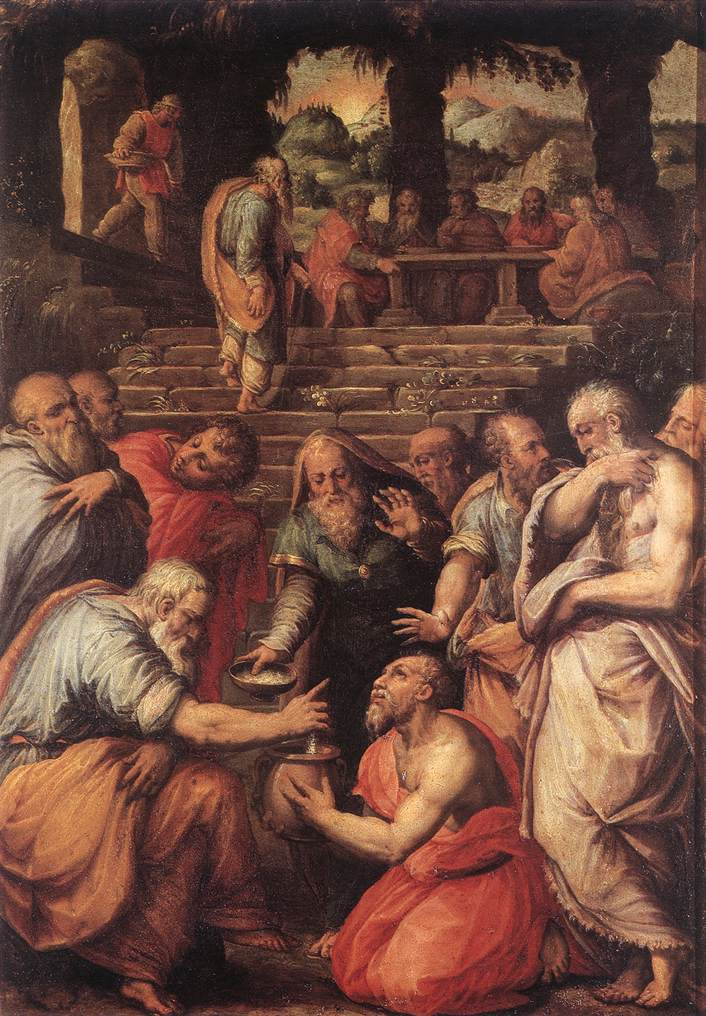
As the first Italian art historian, he initiated the genre of an encyclopedia of artistic biographies that continues today. Vasari coined the term “Renaissance” (rinascita) in print, though an awareness of the ongoing “rebirth” in the arts had been in the air from the time of Alberti. Vasari’s work was first published in 1550, and dedicated to Grand Duke Cosimo I de’ Medici. It included a valuable treatise on the technical methods employed in the arts. It was partly rewritten and enlarged in 1568 and provided with woodcut portraits of artists (some conjectural), entitled Le Vite delle più eccellenti pittori, scultori, ed architettori (or, in English, Lives of the Most Excellent Painters, Sculptors, and Architects).

The work has a consistent and notorious bias in favor of Florentines and tends to attribute to them all the new developments in Renaissance art—for example, the invention of engraving. Venetian art in particular, let alone other parts of Europe, is systematically ignored. Between his first and second editions, Vasari visited Venice and the second edition gave more attention to Venetian art (finally including Titian) without achieving a neutral point of view.
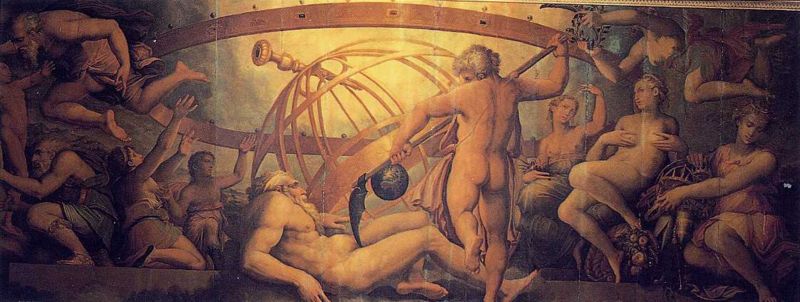
Vasari’s biographies are interspersed with amusing gossip. Many of his anecdotes have the ring of truth, although likely inventions. Others are generic fictions, such as the tale of young Giotto painting a fly on the surface of a painting by Cimabue that the older master repeatedly tried to brush away, a genre tale that echoes anecdotes told of the Greek painter Apelles. With a few exceptions, however, Vasari’s aesthetic judgment was acute and unbiased. He did not research archives for exact dates, as modern art historians do, and naturally his biographies are most dependable for the painters of his own generation and the immediately preceding one. Modern criticism—with all the new materials opened up by research—has corrected many of his traditional dates and attributions. The work remains a classic even today, though it must be supplemented by modern critical research.
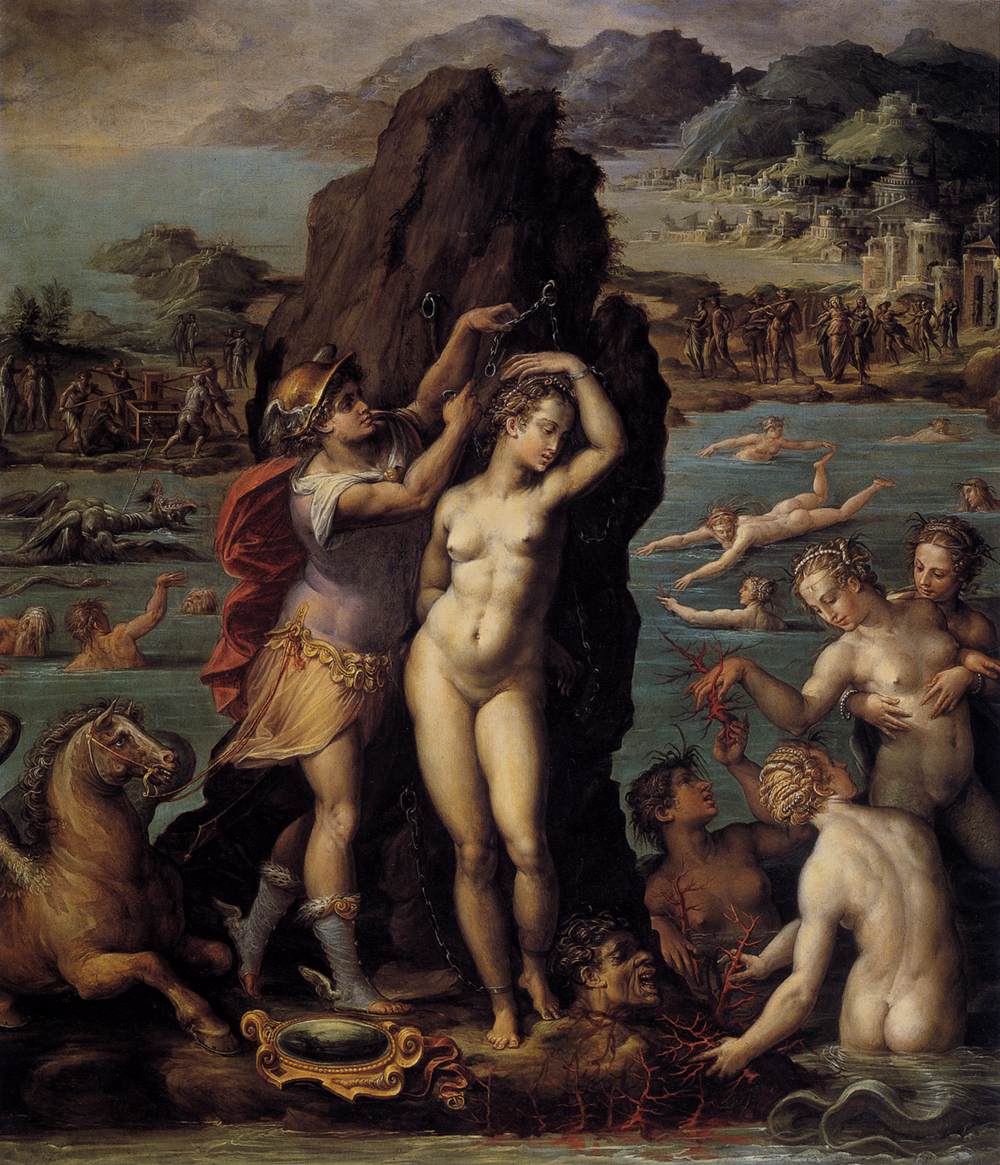
Vasari includes a sketch of his own biography at the end of his Vite, and adds further details about himself and his family in his lives of Lazzaro Vasari and Francesco Salviati. The Lives have been translated into French, German and English.
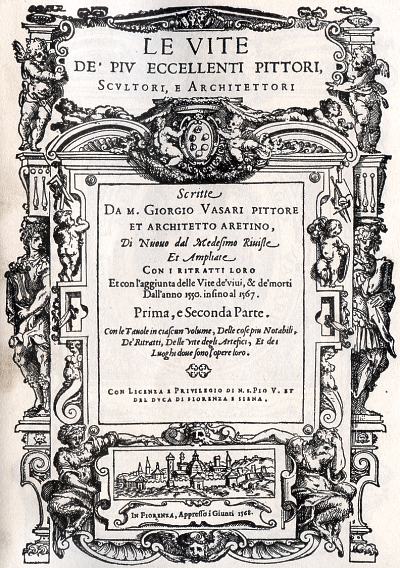
Reviews
1,217 global ratings
5 Star
4 Star
3 Star
2 Star
1 Star
Your evaluation is very important to us. Thank you.
